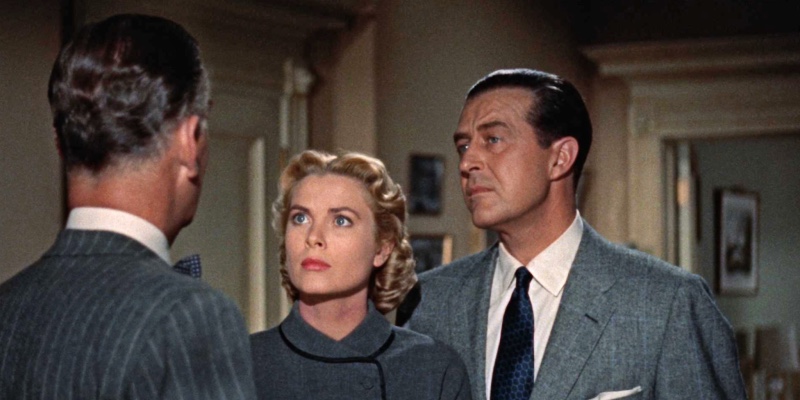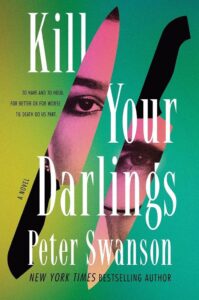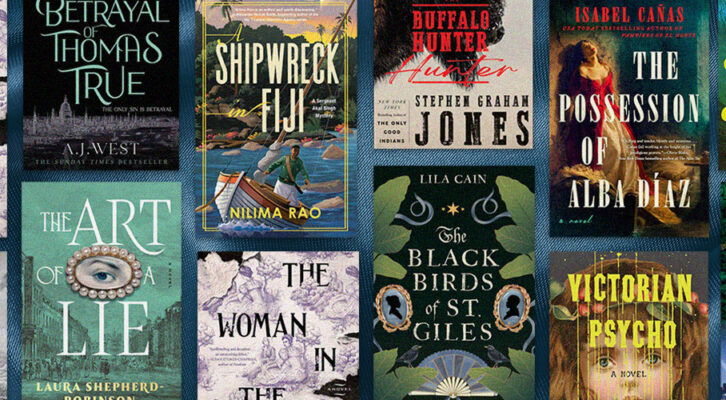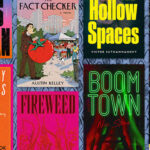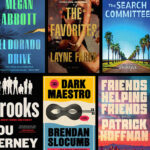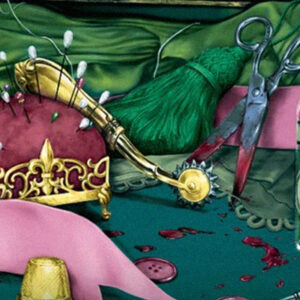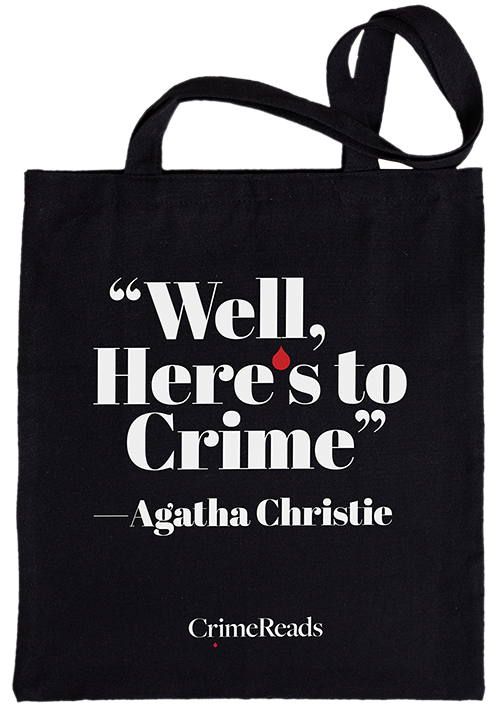Of all the familiar tropes in crime fiction, I am most drawn to the “planning to kill a spouse” story in all its different forms. It’s such a personal murder—how does one go from a vow of marriage to an act of killing? And there is also an incredible degree of difficulty in the deed. After all, the most obvious suspect is always the husband or the wife.
My new novel, Kill Your Darlings, begins with a couple, married for a quarter century, empty-nesters living a comfortable upper-middle class life. All is fine except for the fact that Wendy Graves wants to murder her husband Thom. We don’t know exactly why this is, except that their romantic lives began with an indiscretion, and she is worried that Thom might spill the beans in his later years.
I was inspired by many books in writing this story, but also by Body Heat, the seminal 1981 film that I watch every year (usually at the height of a summer heatwave). William Hurt and Kathleen Turner play adulterous lovers, Ned and Matty, who decide to murder Matty’s husband. Things don’t go well—this is noir after all—but I always wondered: What if they got away with it, and lived happily ever after? What would this couple be like in their fifties? And that was the genesis of Kill Your Darlings.
Here are seven books and one play on the theme of marital homicide. I’ve left a few of my favorites off this list because they are very much whodunits, and their inclusion would have given away their endings. Some Agatha Christie novels come to mind, as do Ruth Rendell’s. But here are seven excellent novels on the subject, plus a play that was my introduction to the genre.
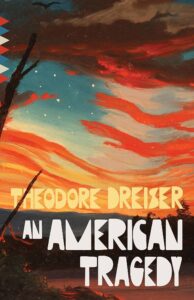
An American Tragedy (1925) by Theodore Dreiser
This is a bit of cheat because the main character in this story plots to murder his girlfriend (not his wife) in order to marry a much wealthier girl. But, psychologically, it amounts to the same thing. Clyde Griffiths, a factory foreman, wants to get rid of the poor girl he’s impregnated in order to marry up in the world. This is true masterpiece about the American dream gone wrong, and a direct influence on Kill Your Darlings.
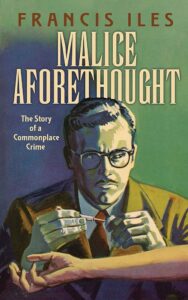
Malice Aforethought (1931) by Anthony Berkeley Cox
This novel has one of my favorite opening lines: “It was not until several weeks after he had decided to murder his wife that Doctor Bickleigh took any active steps in the matter.” The rest of the book lives up to that stellar opening, as the good doctor comes up with what he hopes is a foolproof plan to dispatch his spouse. Cozy, golden-age fun but with some real meanness to it.
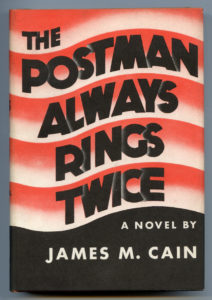
The Postman Always Rings Twice (1934) by James M. Cain
Cain wrote two classics of this particular genre, the other being the equally brilliant Double Indemnity. What sets this novel apart is its depression-era setting, and the seediness of the affair between drifter Frank Chambers and Cora Papadakis, the wife of the owner of the diner that Frank finds work at. Cain was great at digging into the psychology that would lead a pair of lovers to murder together, and then showing how that same psychology would eventually destroy any love that had ever been there in the first place.
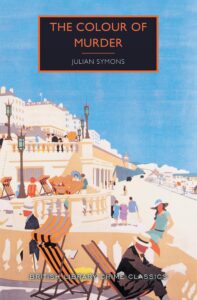
The Colour of Murder (1957) by Julian Symons
I just discovered this book, a mostly first-person account of John Wilkins, an unhappily married man who becomes fixated on a local librarian and begins to dream of murdering his wife. This book is a nice mix of rather witty middle-class English satire and some of the darker aspects of a Patricia Highsmith story (she was a fan of Julian Symons). Its dark and funny in turns.
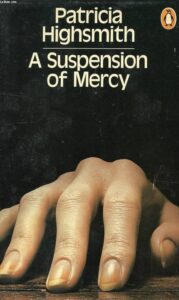
A Suspension of Mercy (1965) by Patricia Highsmith
Speaking of Highsmith, there’s no shortage of ugly marriages in her body of work, some of which culminate in murder. In this rather odd and clever story, the main protagonist Sydney Bartleby is an aspiring crime writer, who acts out scenes from his books and screenplays, including one in which he pretends to carry his wife’s body out of his English country cottage in a rolled carpet. When his wife actually does go missing, he naturally becomes the prime suspect.
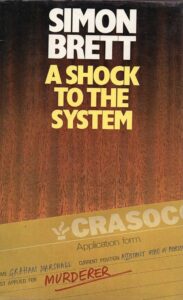
A Shock to the System (1984) by Simon Brett
This is a standalone novel by Simon Brett, who writes one of my favorite on-going series, the Charles Paris mysteries. In this story, the rather despicable main character begins his crime spree by killing a homeless man while in a drunken rage. He is so sure he is going to get caught that when he doesn’t, he develops a bit of a god-complex, and sets about to kill the people in his life that stand in his way (or simply annoy him). His wife, naturally, comes into the crosshairs.
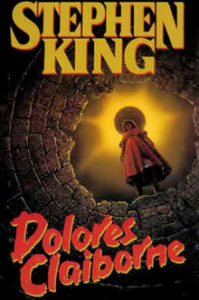
Dolores Claiborne (1992) by Stephen King
One of King’s under-appreciated novels is the story of the titular widow, a woman who resides on the fictional Little Tall island (this location makes a reappearance in The Storm of the Century). The narrative begins with Dolores being accused of murdering her employer but the story that is told is how she ended her troubled marriage years earlier. I am haunted to this day by some of the imagery that accompanies the scene of the crime, set during a total solar eclipse.
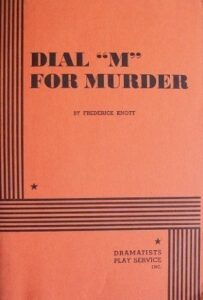
Dial M for Murder (1952) by Frederick Knott
I was introduced to this play through the Alfred Hitchcock film, of course. I was nine years old and my mother let me watch it when it was airing on television. I was riveted by this tale of the very dapper Tony Wendice (played by Ray Milland) and his plan to murder his unfaithful wife Margot (a radiant Grace Kelly). What really struck me was just how ordinary the murderer seemed, likeable almost. Was this what villains looked like? And if so, how do you spot them? It’s a lesson I’ve carried with me throughout my writing career. Look out for that wolf in sheep’s clothing. And look out for that ordinary-seeming spouse.
***

